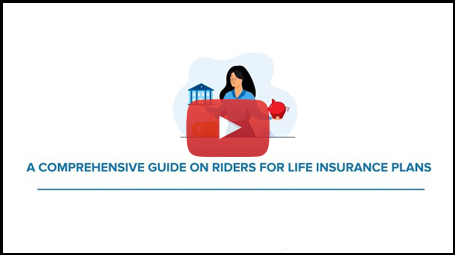When considering how much life insurance coverage you require, various methods can help pinpoint the appropriate amount.
Basic Calculation Method:
A straightforward approach suggests that your life cover should be 10 to 12 times your annual income. This gives a solid starting point for determining your needs.
Underwriters’ Rule:
This method modifies the basic calculation based on your age. Younger individuals often need a higher multiple of their income, which gradually decreases as they age. For example, someone in their 20s may require 15 times their annual income, while a person over 56 may only need six times.
Here's an overview of the varying income multiples based on different age ranges–
| Age bracket (in years) | Multiple of annual income |
|---|
20 - 30
| 15
|
31 - 40
| 14
|
41 - 45
| 12
|
46 - 50
| 10
|
51 - 55
| 8
|
56 and above
| 6
|
Human Life Value (HLV):
The HLV method evaluates the financial value you provide through your economic value. If you earn ₹20 lakhs annually out of which you contribute ₹10 lakhs after deducting your expenses, your family relies on that income. To ensure your family continues to receive ₹10 lakhs each year, a corpus of ₹1.67 crores would be needed, assuming a 6% return. Thus, the ideal life cover should be around ₹1.67 crores.
Income Replacement Approach:
This method assesses the total income you’d generate until retirement. If you earn ₹7 lakhs a year and plan to work for another 30 years, the total potential earnings would amount to ₹2.1 crores, which should be reflected in your life insurance coverage.
Expense Replacement Calculation:
This approach calculates how much coverage is needed to cover your family's living expenses and any liabilities. By totalling these expenses and subtracting your assets and existing insurance, you can determine the coverage gap.
To simplify the process, consider using an online term insurance calculator. Input your details, and it will provide a tailored coverage recommendation in minutes.























































-Calculator.svg)



























 An ISO 9001:2015
An ISO 9001:2015 

